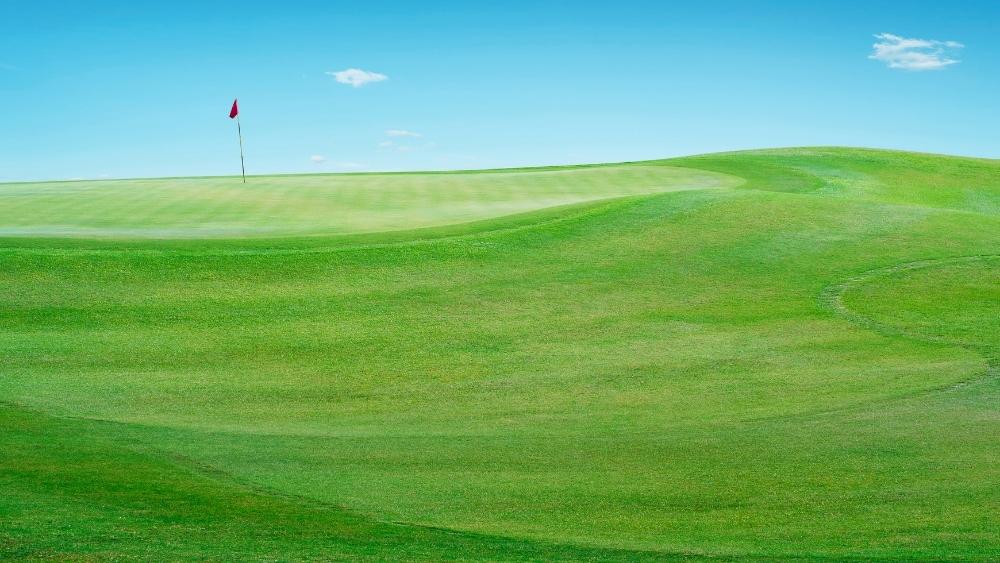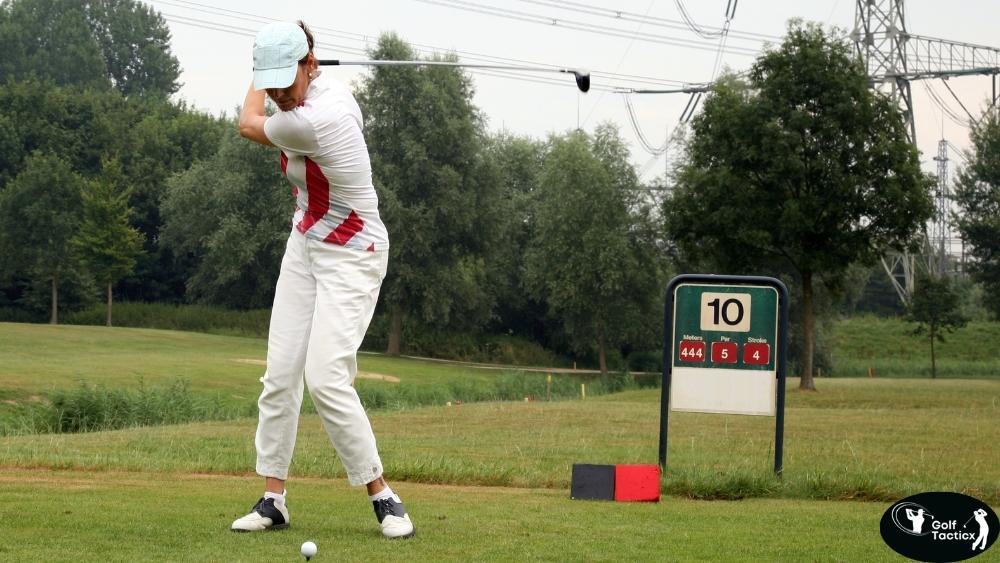In our previous post, we discussed enhancing your golf game in wet and muddy conditions. Now, let’s dive into strategies for mastering your golf game on fast and slow greens, optimizing your putting technique.
When it comes to playing golf, one of the most important factors that affect your game is the greens. Whether you’re playing on fast or slow greens, understanding how to adjust your technique can significantly improve your performance. In this article, we’ll explore how to master your Golf Game on Fast and Slow Greens and make the most out of each putt.
Understanding Fast and Slow Greens
Before we dive into techniques, let’s first understand what fast and slow greens are. Greens are the areas of the course where the holes are located, and they vary in speed depending on how smooth and short the grass is kept.
- Fast Greens: These are greens where the grass is very short and smooth, causing the ball to roll more quickly. Players will notice that the ball doesn’t need as much power to reach the hole on these greens.
- Slow Greens: On these greens, the grass is a little longer, which means the ball will roll slower. These greens often require a bit more force to reach the hole.
How to Play on Fast Greens
Playing on fast greens requires precision and a light touch. If you hit the ball too hard, it might roll past the hole, leaving you with a tricky putt back. Here are some tips for mastering your Golf Game on Fast and Slow Greens when playing on fast greens:
Use Less Power: Since the ball rolls faster, you don’t need to hit the ball as hard. Focus on a smooth stroke, using your putting grip to gently push the ball towards the hole. A soft touch will help prevent the ball from overshooting the hole.
Focus on Distance Control: On fast greens, it’s all about controlling the distance. Practice your putting to get a feel for how much force is needed to get the ball to stop near the hole. Make sure you don’t over-hit the ball, as it will be harder to recover if it rolls too far.
Consider the Grain: Grain refers to the direction in which the grass grows. On fast greens, the grain can cause the ball to break more, so pay attention to the grain direction when reading the green. This will help you adjust the speed of your putts.
Stay Calm and Confident: Fast greens can be intimidating at first, but staying calm and confident will help you adjust your stroke. Take deep breaths and focus on making a smooth, controlled putting motion.
How to Play on Slow Greens
On the other hand, playing on slow greens requires more power and a different approach. The ball doesn’t roll as fast, so you’ll need to put more effort into each putt. Here are some tips for mastering your Golf Game on Fast and Slow Greens when playing on slow greens:
Use More Power: Since the greens are slower, you’ll need to hit the ball with more power to get it to the hole. Focus on generating more momentum in your putting stroke, but still keep it smooth and controlled.
Take Bigger Strokes: On slow greens, you’ll need to take slightly bigger strokes compared to fast greens. This helps the ball get the momentum it needs to reach the hole. Don’t be afraid to hit the ball with a little more force.
Focus on Line, Not Just Speed: While speed is important, accuracy in your line becomes more crucial on slow greens. Make sure to focus on the line of your putt, as the ball will not travel as far on slow greens.
Practice Consistent Pace: Consistency is key on slow greens. Work on developing a consistent putting pace that can adjust to the slower speed. Once you’ve gotten a feel for the pace, it will become easier to judge the right amount of force needed.
Adjusting Your Mental Game
Regardless of whether you are playing on fast or slow greens, it’s crucial to adjust your mental approach to the game. Golf Game on Fast and Slow Greens can be tricky, but staying mentally sharp and focused will help you get through any challenges.
Stay Patient: Both fast and slow greens require patience. On fast greens, you’ll need to resist the urge to hit the ball too hard. On slow greens, take your time to make sure you are putting with enough force. The more patient and calm you are, the better your putting game will be.
Visualize Your Shots: Visualization is a powerful tool in golf. Before you take a putt, imagine the ball rolling smoothly into the hole. This helps your mind focus on the task and can improve your accuracy.
Adapt Quickly: Sometimes, the greens change during the course of your round. Perhaps the greens will dry out and get faster, or maybe rain will make them slower. Be ready to adapt to these changes quickly and adjust your putting style as needed.
Conclusion
Mastering your Golf Game on Fast and Slow Greens is about understanding the differences in speed and adjusting your approach accordingly. On fast greens, focus on light strokes and distance control. On slow greens, you’ll need to add more power and focus on hitting the ball with a consistent pace. By practicing these techniques and keeping a calm mindset, you can improve your putting game and become more confident on any green.
In our next post, we will explore Enhancing Golf Game in Cold Weather and High Altitudes, sharing expert tips and strategies to optimize your performance in challenging environmental conditions.
















Leave a Reply